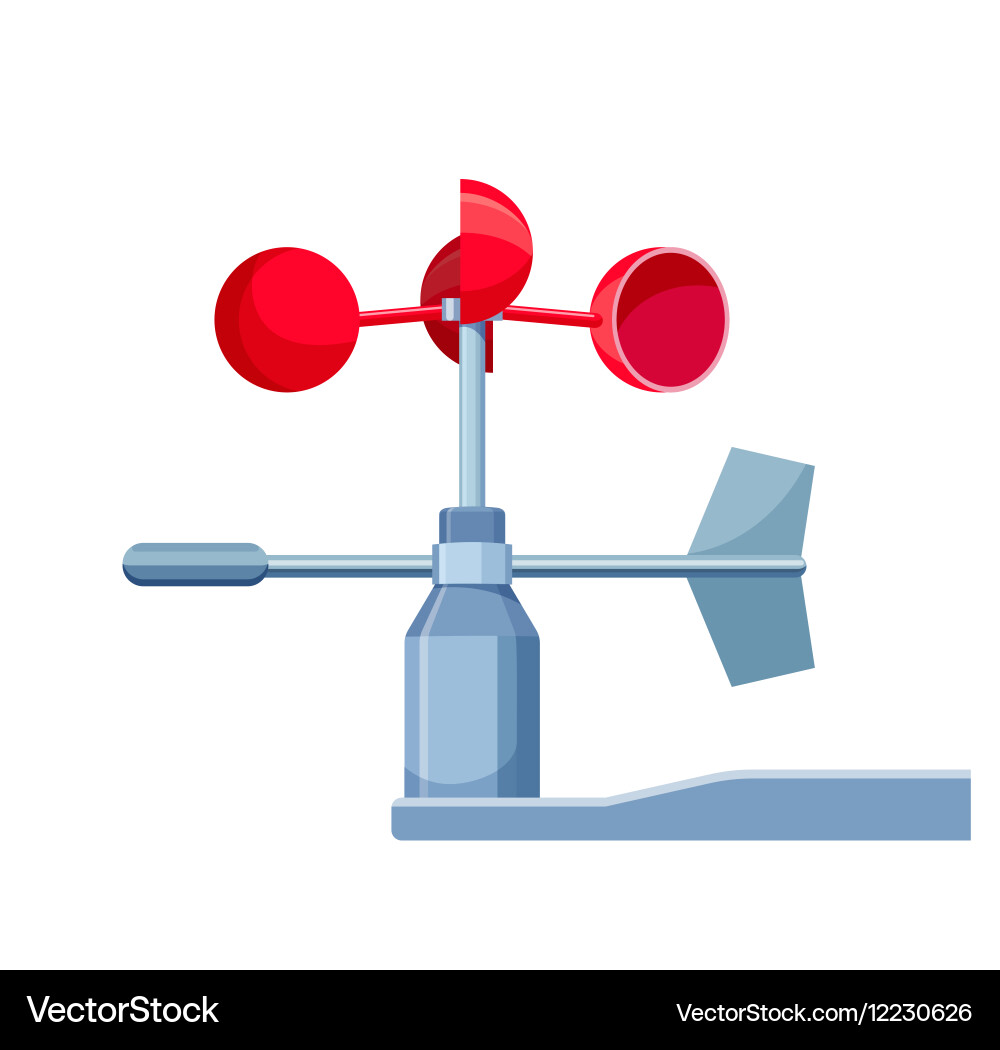Anemometer Innovations: The Latest Technology for Wind Rate Measurement
Anemometer Innovations: The Latest Technology for Wind Rate Measurement
Blog Article
All You Required to Know Concerning Anemometers: How They Work, Why They Issue, and Where to Utilize Them
Anemometers, though usually neglected in the realm of clinical tools, play a vital duty in various areas, supplying valuable insights into wind rate and airflow patterns. As we delve right into the complexities of anemometer technology, we will certainly discover the internal operations of these gadgets, their importance, and the key considerations when selecting the right anemometer for specific applications.

Anemometer Fundamentals
A vital instrument used to gauge wind speed and instructions, the anemometer plays an essential function in weather forecasting and different sectors. An anemometer generally contains 3 or 4 cups that rotate in the wind, a vane that points right into the wind, and sensing units to track the rotations or movements. By determining the rotations or movements over a specific time duration, the anemometer can establish wind rate. The vane assists determine wind instructions by directing into the wind, giving beneficial data for weather projecting, air travel, maritime operations, ecological monitoring, and wind power applications.
There are various kinds of anemometers readily available, including cup anemometers, vane anemometers, hot-wire anemometers, and sonic anemometers, each with its one-of-a-kind functions and applications. Mug anemometers are generally utilized for standard wind speed measurements, while vane anemometers are favored for directional measurements.
Principles of Anemometer Procedure
Structure on the fundamental understanding of anemometer fundamentals, the concepts of anemometer operation illuminate the technicians behind wind rate and direction dimensions. Anemometers operate on the concept of air movement influencing a sensing unit, causing it to rotate. Cup anemometers, as an example, have 3 or even more cups that capture the wind, causing them to rotate much faster as the wind speed boosts. The rotation rate is after that transformed into a wind speed measurement. Vane anemometers, on the various other hand, utilize a tail or a probe that straightens itself with the wind direction, supplying a dimension of wind direction based upon the alignment of the sensor. Hot-wire anemometers count on a heated wire that cools down as wind overlooks it, with the price of cooling figuring out the wind speed. Ultrasonic anemometers action wind rate and instructions by evaluating the time it takes for ultrasonic signals to take a trip in between transducers. Comprehending these learn the facts here now principles is vital for dependable and accurate wind measurements in various applications.
Significance of Anemometers
Anemometers play a critical role in measuring wind speed and direction, supplying crucial data for weather forecasting, environment research studies, environmental tracking, and air travel operations. Meteorologists rely on anemometers to gather accurate wind information, aiding them comprehend weather condition patterns, anticipate storms, and issue timely warnings to the public. Wind farm drivers make use of anemometers to examine wind problems and maximize electrical power production from wind turbines.
Applications Across Numerous Industries
In the renewable energy sector, anemometers play a critical duty in assessing wind conditions for wind farm positionings, ensuring optimum power manufacturing. Industries like building and construction and mining make use of anemometers to check wind rates, critical for safety and security methods, specifically when functioning at elevations or in open-pit mines where strong winds can posture dangers. In farming, anemometers assist farmers in taking care of plant splashing by offering real-time information on wind rate to avoid drift.

Picking the Right Anemometer for Your Needs
Choosing the ideal anemometer tailored to your particular demands is important for acquiring precise wind rate and instructions dimensions. When choosing an anemometer, think about factors such as the designated application, called for dimension array, ecological conditions, and preferred functions. For basic his response functions, a mug anemometer appropriates for measuring wind speed, while a vane anemometer offers wind direction data. Hot-wire anemometers are excellent for reduced airspeed dimensions, and ultrasonic anemometers supply high precision and toughness.

Verdict
Finally, anemometers play a critical duty in determining wind speed and instructions throughout numerous markets. Understanding the concepts of anemometer operation is crucial for picking the ideal device for details requirements. From weather forecasting to air travel, anemometers are vital devices for ensuring and gathering accurate information safety in various applications. When picking the most ideal gadget for gauging wind conditions., it is crucial to take into consideration the importance of anemometers in order to make informed decisions.
There are different kinds of anemometers offered, consisting of cup anemometers, vane anemometers, hot-wire anemometers, and i loved this sonic anemometers, each with its distinct functions and applications. Mug anemometers are commonly utilized for fundamental wind rate dimensions, while vane anemometers are favored for directional dimensions. Hot-wire anemometers are suitable for low airspeeds, and sonic anemometers are suitable for high-precision dimensions in study and industrial settings.Structure on the fundamental understanding of anemometer basics, the principles of anemometer procedure clarify the technicians behind wind rate and instructions measurements. For general functions, a cup anemometer is suitable for measuring wind rate, while a vane anemometer offers wind direction data.
Report this page